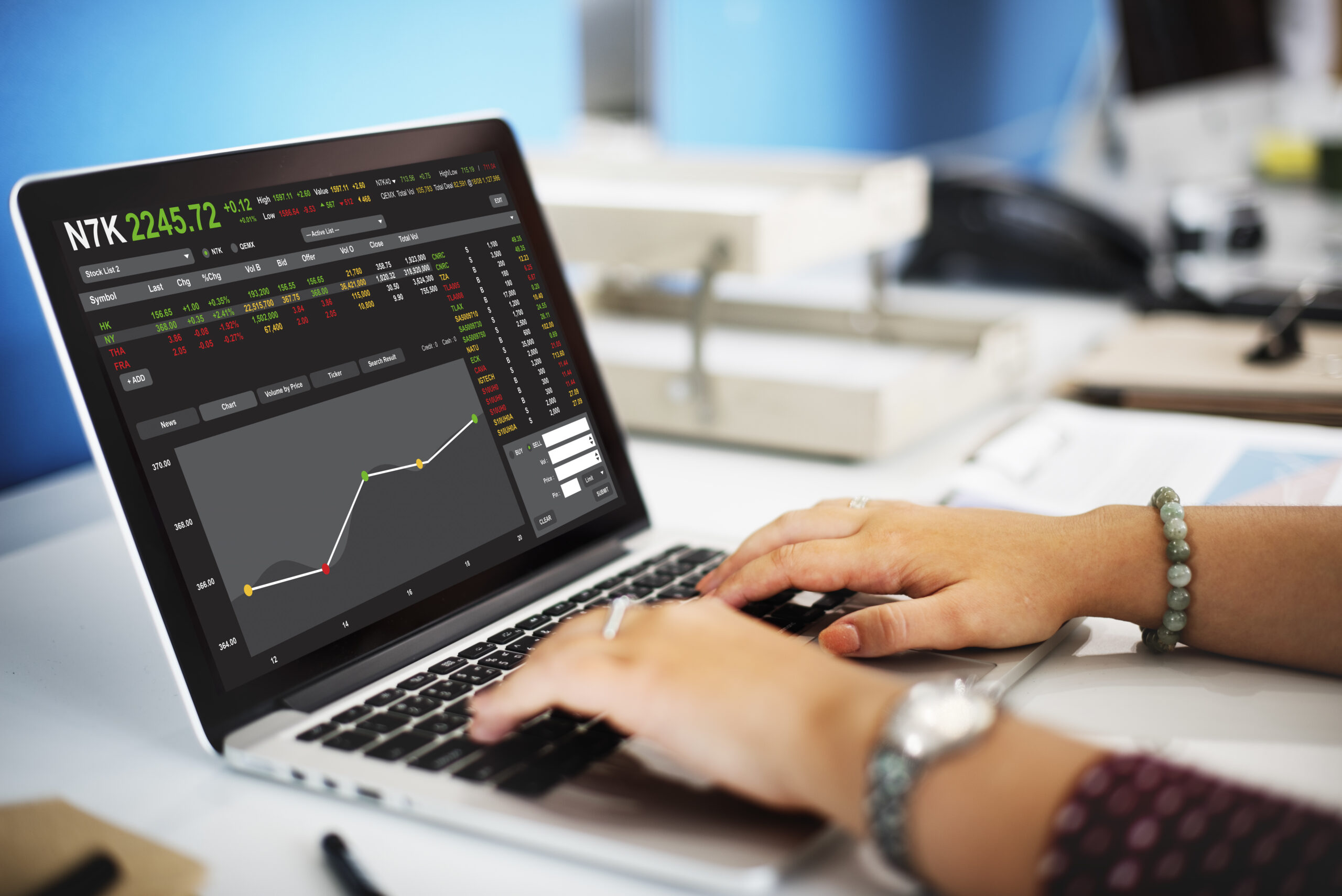Which Of The 4 Most Frequent Types Of Forex Trader Are You?
The time range in which different merchants conduct their transactions is one of the most significant ways to differentiate between various dealers. Consideration of the median holding time for open positions held by traders is another possibility that might be considered.
Your chances of being successful in forex trading may be improved if you decide in advance to use the method of trading that is most suitable for you, whether that be manual trading ways or depending on the finest forex robots. The numerous trader profiles use a wide array of strategies to identify the most lucrative chances in the market. Let’s take a more in-depth look at the characteristics of each group, as well as the intricacy of the trading strategies that they use.
1. Scalp Trader
Scalpers are short-term traders who focus on profiting from very little price shifts and quickly turning those gains into new investments. Scalpers engage in high-frequency trading, and expert scalp traders have a win-to-loss ratio that is much higher than that of average traders. Trading in the foreign exchange market throughout the day to make little gains at the market’s most liquid periods is a common component of FX scalping strategies.
The bulk of short-term scalping strategies is made possible with the assistance of complex software algorithms. You’ll need to be on the ball and wise, but you’ll also need to be able to keep your cool under pressure since you’ll be continuously assessing new data and reacting to rapid shifts in the market.
Like day traders, scalpers do not anticipate making significant profits all at once. Instead, they focus on generating a steady flow of modest gains, which they may then amplify by increasing the number of transactions they execute.
The fundamental idea behind scalping is that it is best to build one’s earnings gradually and in incrementally little amounts over time. Scalping strategies are designed to capitalize on even the most minute shifts in the market since they are predicated on accumulating a large number of profitable trades rather than the achievement of specific individual rewards.
2. Swing Trader
The term “swing trading” refers to a trading method that aims to generate modest and short-term profits over a longer period. It is one of the active trading methods utilized the most often. When searching for opportunities over the medium term, swing traders use a wide range of technical analysis techniques.
They typically leave their trading positions open for a few weeks or even a few months in the hopes of making a profit off of an anticipated shift in price. Due to the lower activity level involved in this kind of trading compared to scalping and day trading, heightened awareness is unnecessary.
Swing traders often rely on technical analysis to identify potential market opportunities. In addition to the tools they already employ, they may also use fundamental analysis and assess the patterns and movements of the market, much like day traders.
3. Position Trader
Position traders are investors who speculate that the value of an asset will increase over some time. As a direct result of this, they do not anticipate short-term changes in pricing to provide much of a challenge to their goals. Instead, they focus on the broader trend of the asset and its potential for further growth.
As a foreign exchange position trader, you will need to have patience since your funds will often be locked up for extended periods. Because having a thorough knowledge of fundamental problems is crucial, especially when dealing with transactions over a longer period, having advanced analytical skills will be valuable in this trading strategy.
Position traders, who have the longest holding duration of any trading approach, are less concerned with the short-term price volatility and more concerned with the asset’s profitability over longer periods.
This is because position traders have the longest holding duration. They watch economic and market events, identify a trend, take a position, and then wait until the market activity hits its peak before selling their stake. A trader who takes this approach employs fundamental and technical analysis strategies.
4. Day Trader
Day traders are more concerned with taking advantage of opportunities presented by the market than maintaining holdings overnight. In addition to this, they can join and leave all of their trades inside the confines of a single trading session. The position held open by a day trader often remains open for less than an hour. These conversations may go on for a few hours.
On the other hand, they are never carried over to the next business day. You need to be able to respond appropriately to sudden shifts in price if you want to be a successful day trader. Day traders constantly watch market-moving activity to establish short-term positions and benefit from even the most minute price fluctuations. A day trader’s focus should be on profiting from volume rather than tracking large market shifts over an extended period.
Conclusion
Experimenting with various trading strategies is the way that will provide the most accurate results in the shortest amount of time and will be the most time-efficient overall. In this manner, you will be able to gain the confidence and resolve necessary to stick to the approach that you have selected. In addition to this, you will have the ability to deal with situations in which the market’s volatility leads you to question your trading decisions.


